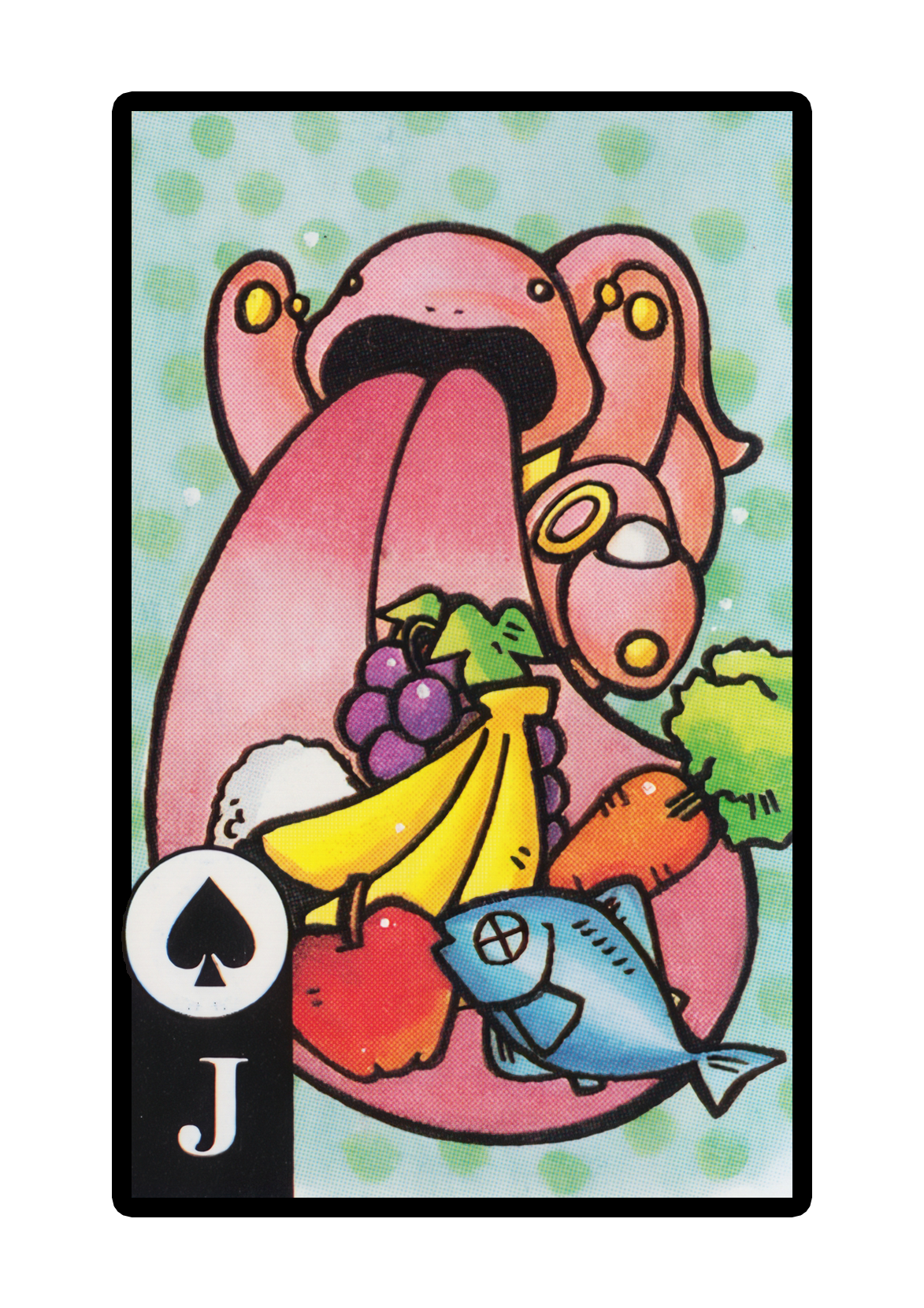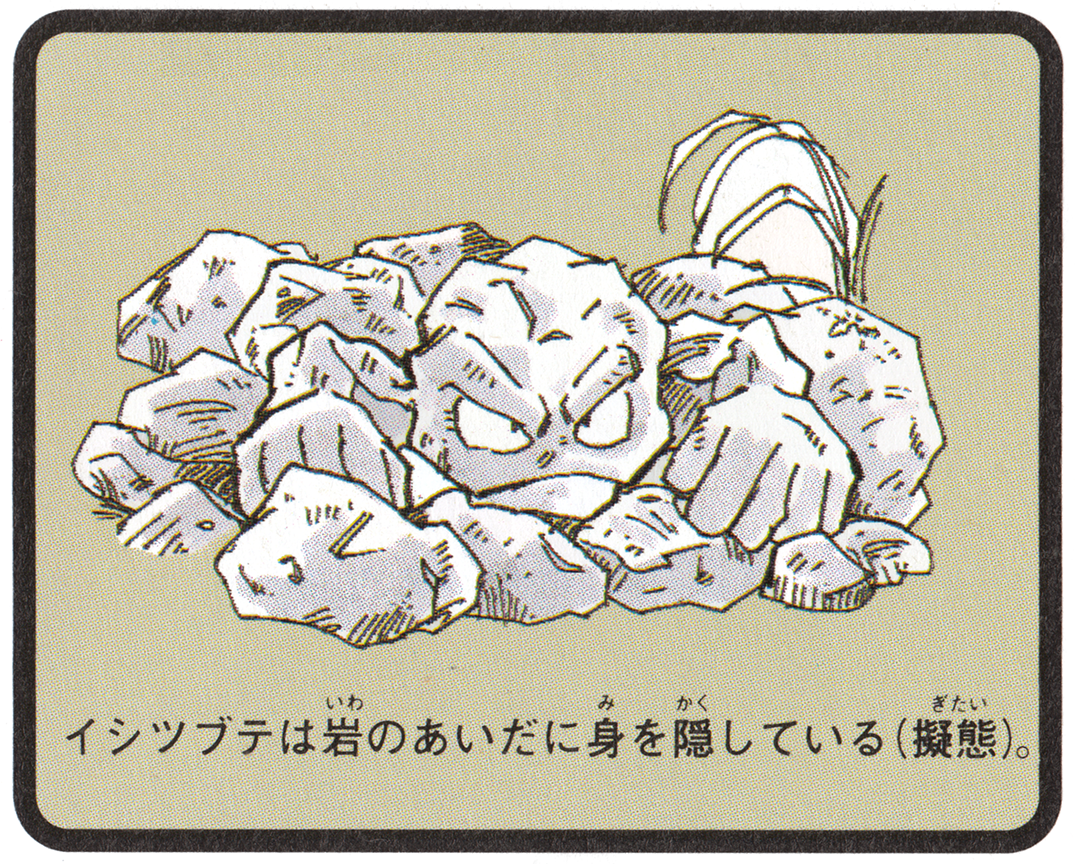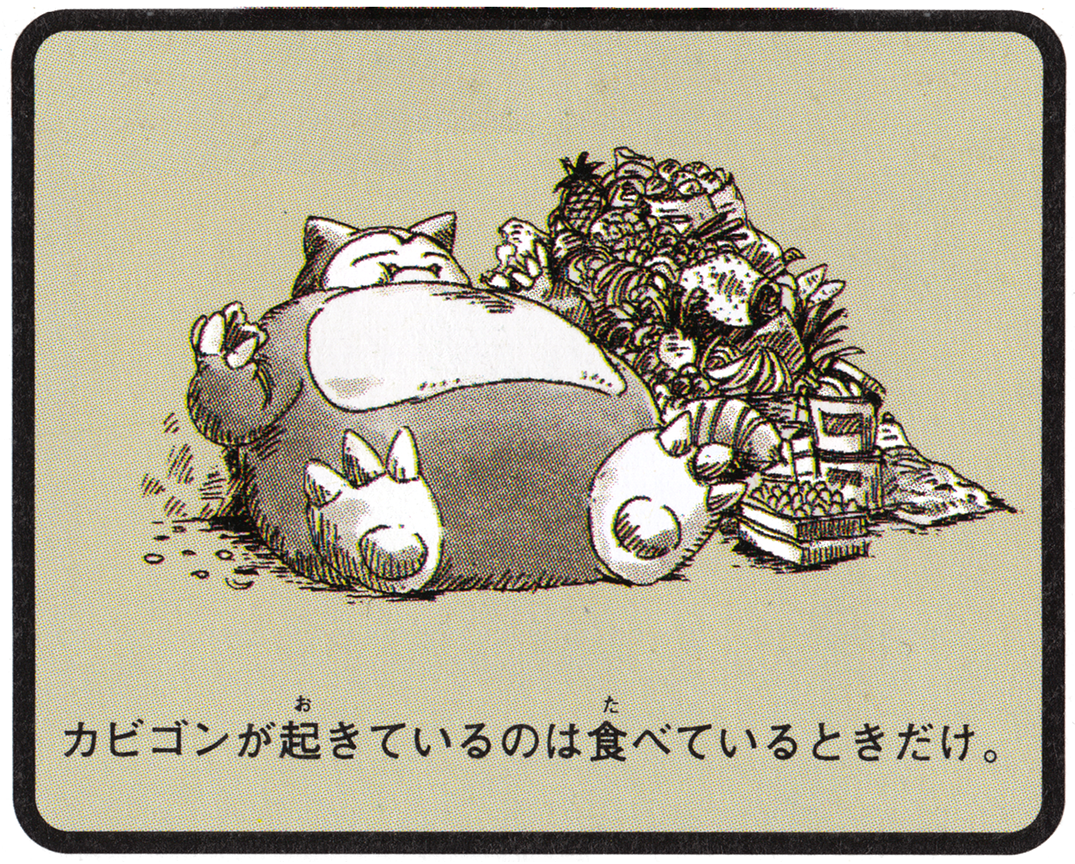
Translation: 1996 Pokédex Book (Part 3)
All 150 Pokédex entries and the introduction

Written by Dr Lava, June 17 2021
This is part 3 of 7 of this translation series. If you’d like to return to a previous part, click one of the links below. Or if you’d rather absorb this 47 page translation in video form rather than reading it through text, click here.
Skip to: Part 1 | 2 | 3 | 4 | 5 | 6 | 7 | Journal | Maps | Itoh Art | Interview | More

“#31 Marowak: They learn the rare move Bonemerang. They are weak when they are small, but appear to gain a violent nature when they learn to use bones.”

“#32 Chansey: They lay several eggs a day. The eggs are nutritionally rich and fantastically delicious. They are peaceful and do not like to fight very much.”

“#33 Tangela: A Plant-type Pokémon covered in blue plant vines that hide their actual form. They try to entangle anyone approaching too closely. Many researchers have attempted to cut away all the vines in hopes of seeing what they hide, but all attempts ended in failure due to Tangela’s furious resistance.”
“#34 Kangaskhan: The females place and raise their baby in a pouch on their belly. They are skilled at pummeling with Comet Punch.”
Dr Lava notes: This entry specifies that only female Kangaskhan carry babies in their pouch — which is interesting because all Kangaskhan are female. Like we said earlier, several entries in this book make vague references to Pokemon and features added in Gold & Silver, like Politoed and branch evolutions. Genders were first introduced in Gen 2, so it’s possible Game Freak was planning to include male Kangaskhan when this was written.

“#35 Lickitung: At 2.5 meters, their tongue is twice as long as their height. The tongue is usually stowed in their mouth curled up like that of chameleons. When hunting or attacking, they can move their tongue as if it were an arm. A ravenous appetite and a lazy nature must have shaped this Pokémon’s evolution.”
Dr Lava notes: Corocoro’s Jack of Spades gives us a glimpse of Lickitung’s ravenous appetite. Several Pokemon have Pokedex numbers with special significance, and while working on this project, Nob told me his theory on why Game Freak made the Licking Pokemon number 108 in the in-game Pokedex. He said: “108 in Japanese is read ‘hyakuhachi.’ It rhymes with ‘shakuhachi’ — a traditional recorder-like instrument — which is also a slang for ‘blowjob.’ Draw your own conclusion… no one involved in development would admit to it of course.”

“#36 Scyther: They lethally shred prey with their sharp scythes. They can fly on their wings, though only occasionally. They are very rare with few captured specimens.”

“#37 Electabuzz: They love to feast on powerful electricity. They appear somewhat frequently at major powerplants. Like Scyther, they are captured only rarely. Both Scyther and Electabuzz can distinguish colors. They have a natural affinity for the color red in particular.”
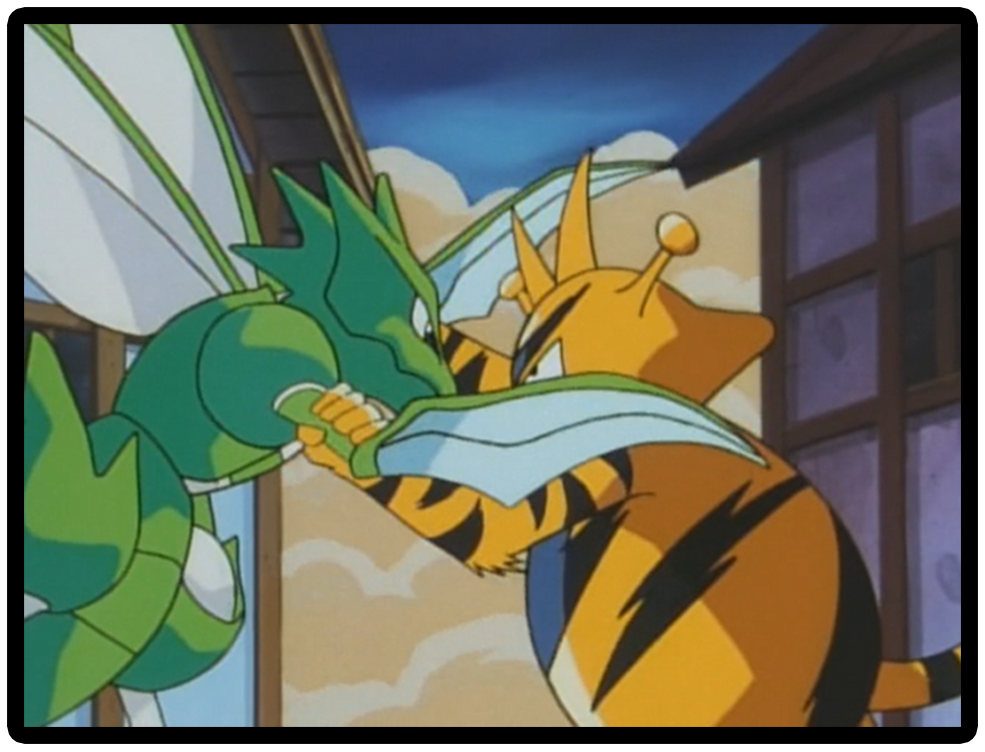
Dr Lava notes: This Pokedex makes special note of several Pokemon who can distinguish colors, which implies that just like some animals in the real world, most Pokemon can’t distinguish colors. In episode 42 of the anime, Ash’s Pokedex tells him Electabuzz and Scyther are both rare Pokemon that can distinguish colors and become enraged by the color red. These details were never mentioned in the games themselves, so presumably the anime lifted this lore directly from the book. In the show, Ash and friends escape a sticky situation by dumping ketchup on Scyther and Electabuzz so they’ll attack each other, saving Dark City in the process.

“#38 Pinsir: The two long horns are powerful. Once they clamp tight on their prey, they won’t loosen until the victim is torn apart. They are extremely rare Pokémon with very few reported sightings. They appear to prefer the color green.”
Dr Lava notes: These allusions to color preferences are referring to the fact that Scyther and Electabuzz were exclusive to Pokemon Red, while Pinsir was exclusive to Pokemon Green.

“#39 Tauros: When ramming, they whip their body harshly with their three tails. They will not attack unless they are attacked first. They can be found in places like the Safari Zone.”

“#40 Eevee: A special Pokémon that can evolve into three different Pokémon species. They are difficult to categorize because so few have been caught. From their behavior, they were included among the Pokémon of grasslands.”

“#41 Vaporeon: An Eevee evolution. Their body’s cellular structure is close to that of water molecules. As a result, they can melt away invisibly in water. They can learn the move Surf for swimming across bodies of water.”

“#42 Jolteon: When enraged or startled, all their body hair stands upright like needles that puncture their foes. They learn Electric-type moves like Thunder, Thunderbolt, and Thunder Wave. They are also an evolved form of Eevee.”

“#43 Flareon: They have a flame sac inside their body. They inhale deeply, and then blow flames of 1,700°C. This and the other two evolved forms of Eevee appear to have some connection with special stones.”
Mountain Pokemon
“Here, we profile Pokémon that live in mountainous environments more than 1,000 meters above sea level. Many of these mountain-dwelling Pokémon exhibit evolutionary adaptations to their bodies both entirely and partially perhaps due to their harsh habitats. They may also appear in grasslands and even towns on occasion.”

“#44 Onix: They usually live submerged in soil. They burrow at 80 kmh in search of prey. Like other Ground-type Pokémon, Onix is strong against Poison-type attacks. Conversely, they are vulnerable to Water-type attacks.”
Dr Lava notes: The book provides this diagram showing Pokemon heights compared to two humans, with Onix being the tallest (pictured above, translated). Some fans have long wondered how exactly height is measured, and this diagram makes it clear that “height” actually refers to a Pokemon’s length when it’s stretched from end-to-end.

“#45 Diglett: They burrow through the ground close to the surface. They leave ridged trails of soil in their wake that betray their location. They may appear in the trail of an Onix. They are probably seeking Onix’s leftovers. They evolve into Dugtrio.”

“#46 Dugtrio: They burrow underground to hide themselves, and then strike the unsuspecting target from a different spot. Some researchers categorize Dugtrio, Dodrio, Exeggcute, and Exeggutor as one genre.”

“#47 Geodude: A docile Pokémon that does not harm people. That said, they can lose their temper if they are accidentally stepped on in caves, for example. They can be found while hiking on mountains. Being round and easy to hold, people toss them back and forth in Geodude fights.”
Dr Lava notes: Here we get a Geodude illustration by Benimaru Itoh, the Creatures artist who together with Ken Sugimori made most of the book’s artwork. Itoh likes to go by the nickname “Ash,” and later became chief designer of the 3D models in Pokemon Snap and Stadium, and also made some artwork for the Pokemon TCG.
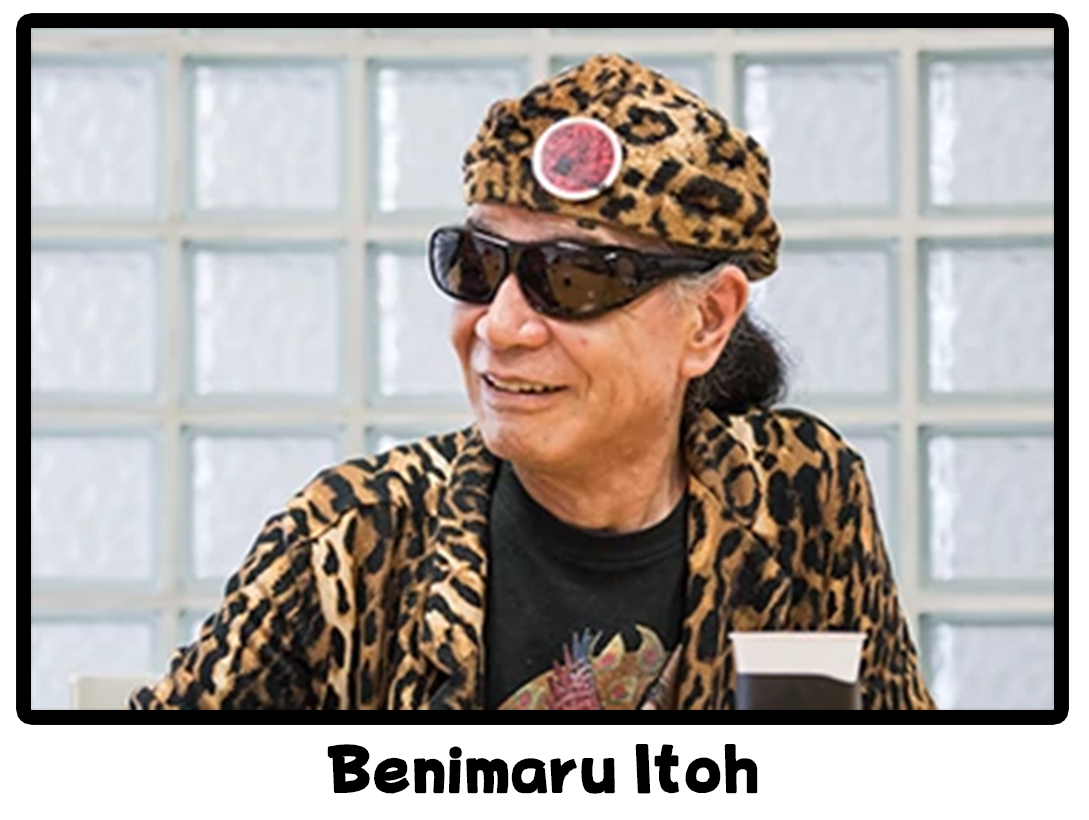
This Pokédex features 13 of these Itoh illustrations. A separate page on this website covers this artwork more in-depth and archives these images in higher resolution. If you’d like see that page, click any of these images or click here.

“#48 Graveler: Geodude’s evolution. When walking on sloped mountain trails, Graveler may come tumbling along. While their face wears a smile, their eyes never smile. It is very creepy to see them come rolling with that expression.”

“#49 Golem: They tumble on sloped trails at twice the speed of a Graveler. They are probably Graveler’s evolution. They are encased in a hard shell composed of sheet rock-like slabs. They grow larger by shedding their shell once a year. With luck, people may find a Golem’s discarded shell on a mountain in summer.”
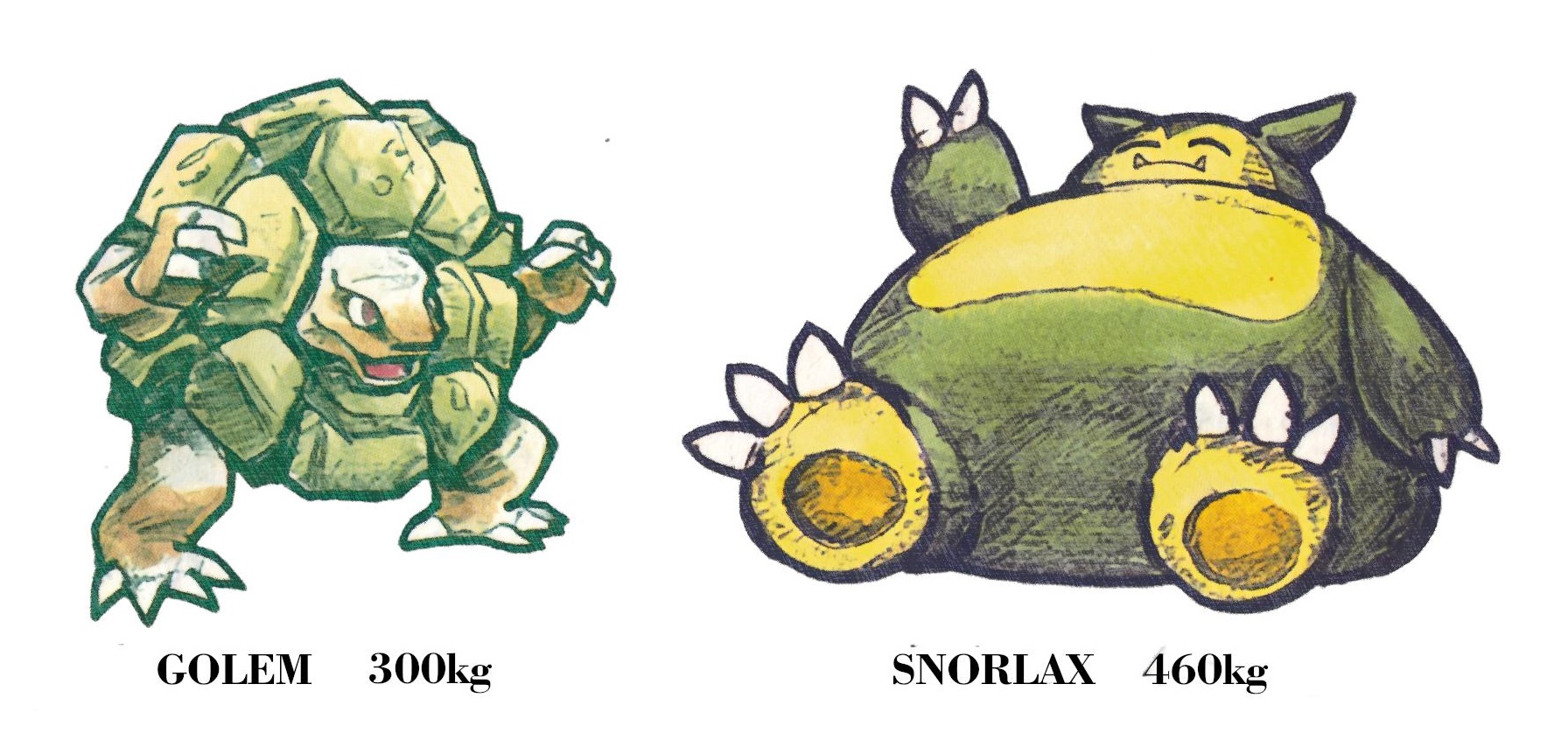
Dr Lava notes: The book provides this Itoh artwork identifying Snorlax and Golem as the two heaviest Pokemon (pictured above, translated). However it’s worth mentioning that as of Generation 8, they’ve both been dwarfed by the likes of Cosmoem and Celesteela, to the point where nowadays they don’t even make Pokemon’s list of the heaviest top 20.

“#50 Machop: Being entirely musclebound, they have the power to throw a hundred adult people despite their small, childlike stature.”

“#51 Machoke: Machop’s evolution. Their powerful body never tires. Diligent and hardworking, they help people with work such as transporting heavy cargo.”

“#52 Machamp: Their four, fully developed arms can throw a thousand punches in just two seconds. While they are thought to be Machoke’s evolution, no one has yet to witness their evolutionary process. In general, Pokémon evolve through growth. However, recent studies have concluded that Machamp and Golem have not evolved from growing.”
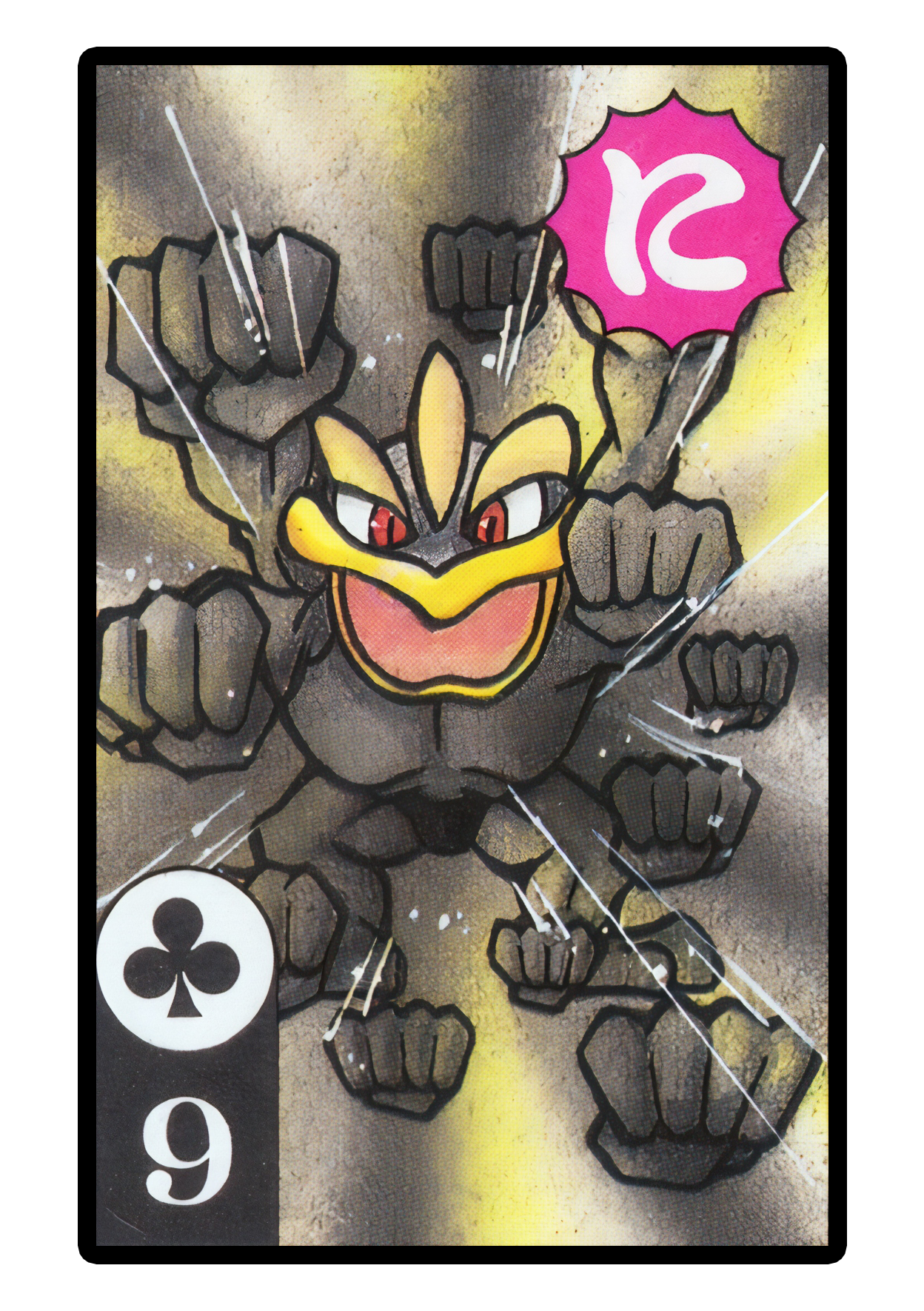
Dr Lava notes: Corocoro’s Nine of Clubs provides a nice visual of those one thousand punches. Machamp and Golem’s entries say they’re thought to be the evolved forms of Machoke and Graveler. This Pokédex’s introduction says “the descriptive text for each Pokémon includes only facts known to date.” In other words, everything contained in this Pokédex is true, but there are some things the researchers who wrote these entries don’t know for certain yet. Apparently they haven’t discovered the concept of trade evolutions.

“#53 Magmar: A species found near a volcano’s crater. They breathe fire. Their body temperature is extremely high at 1,200 °C. This Pokémon is very hard to spot in the wild with only a few captured.”

“#54 Snorlax: They are unsatisfied unless they eat 400 kilograms of food a day. As soon as they finish eating, they fall asleep. At 460 kilograms, they are the heaviest out of all the Pokémon discovered. While they usually live in mountains, they occasionally descend and appear in towns. They are gluttonous and will consume even moldy food without ever getting sick. It is said their ability to consume mold earned them the name Kabigon.”
Dr Lava notes: Here we get some more Snorlax art by Benimaru Itoh. Kabi is the Japanese word for mold, and this Pokemon got its Japanese name “Kabigon” because it’s based on Game Freak developer Koji Nishino, who other developer said would eat pretty much anything he found around the office, even if it was moldy. This earned Nishino the nickname Kabigon, so it ultimately became the name of the Pokemon as well. This is one of those entries that would’ve been changed in localization if this were an in-game Pokédex, but Nob translated this entry for us as-is.
Skip to: Part 1 | 2 | 3 | 4 | 5 | 6 | 7 | Journal | Maps | Itoh Art | Interview | More

